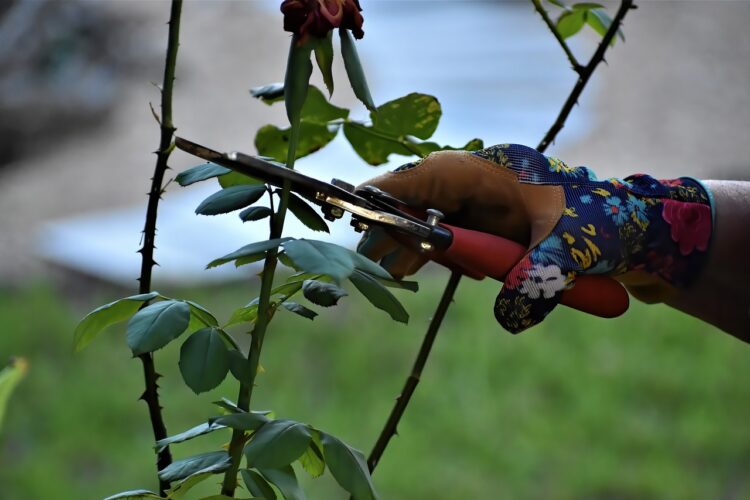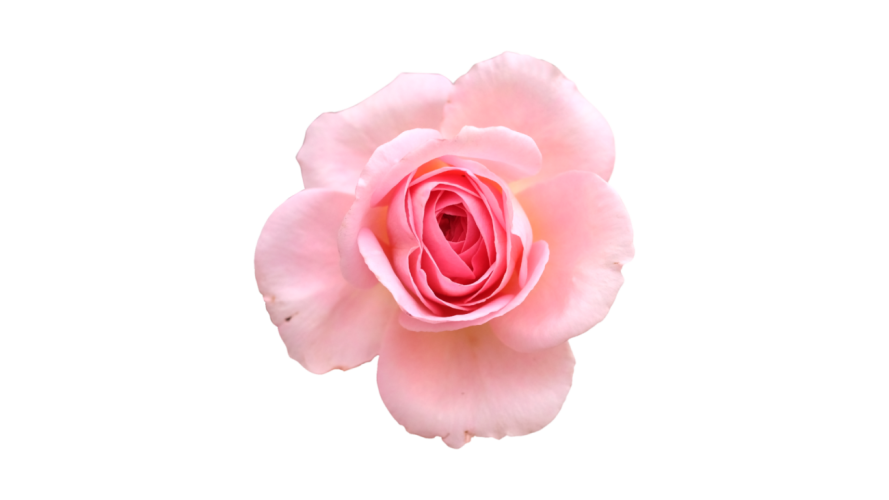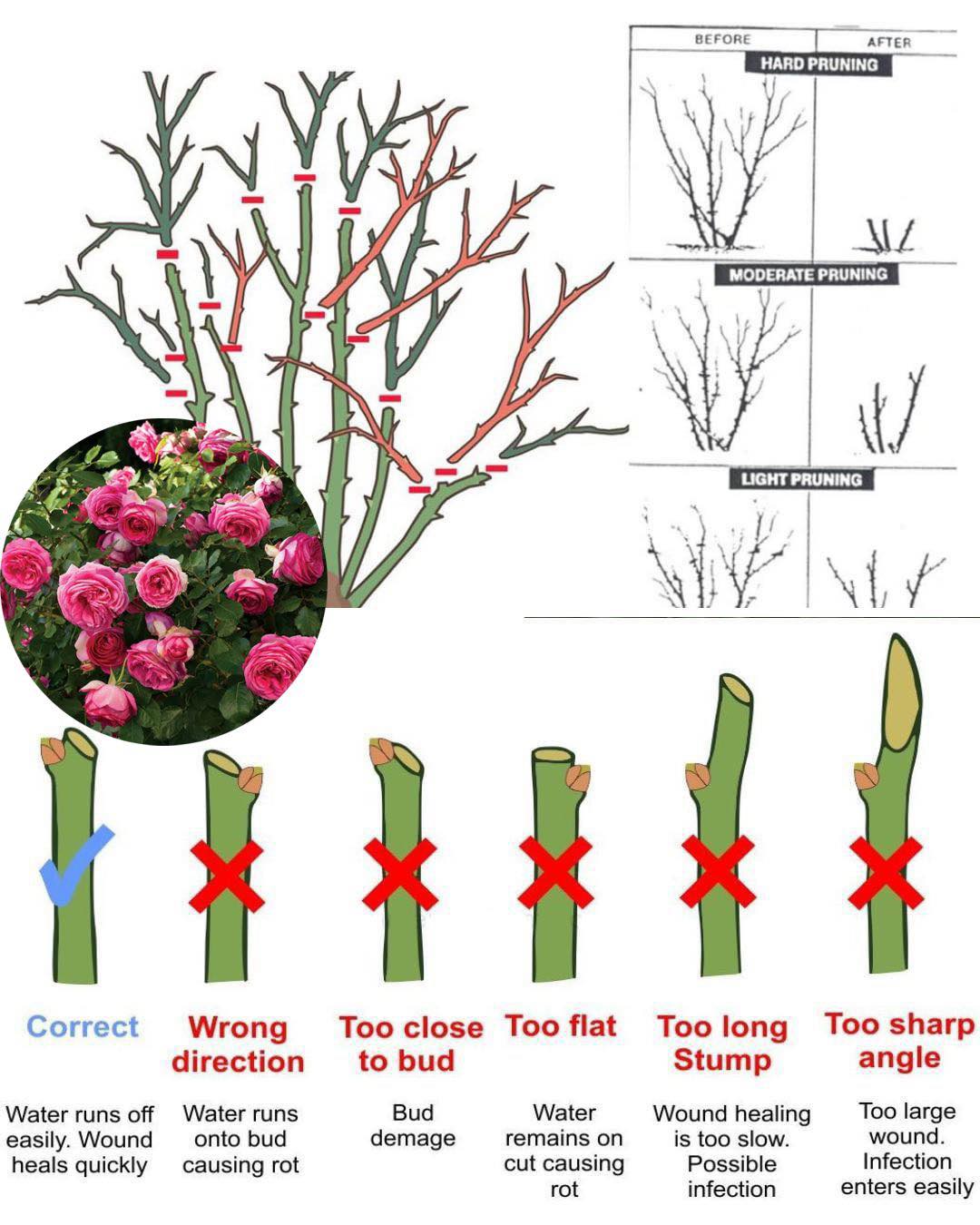

Choosing How Hard to Prune Roses
Light pruning is best when:
-
Your roses struggled last season
-
You need the plants to stay taller for privacy or screening
-
They are planted in poor or compacted soil
-
They are growing close to other plants and competing for light
Light pruning helps roses stay healthy and can keep the plant productive for 20–40 years.
Hard pruning
Hard pruning cuts the rose back much lower. This encourages fewer but stronger new shoots (usually 9–15 instead of many small ones). These shoots grow into long, sturdy stems with big flowers — if the rose has good soil, mulch, water and feeding.
Hard-pruned roses grow back a bit slower at first, but look very neat and lush once they recover. With yearly hard pruning, most roses live around 15 years, depending on care.
A balanced approach
A good rule of thumb:
🔁 Light prune most years, and do a hard prune occasionally.
This keeps the rose healthy, attractive, and blooming well over the long term.
🌹 How to Prune Roses — DIY Guide
✅ Tools You’ll Need
-
Sharp secateurs (hand pruners)
-
Long-handled loppers (for thicker canes)
-
Strong leather gloves
-
Optional: pruning saw (for very old, neglected roses)
-
Measuring stick marked at 50cm, 70cm and 90cm (handy for beginners)
✂️ General Pruning Steps
1. First cut all stems to about 90cm
This clears the top growth so you can see the main canes.
2. Choose the strongest 3–4 main stems
Keep outward-facing stems that give the plant a good shape.
Remove weak, crossing or inward-growing stems.
3. Remove thin twiggy growth
Especially from the centre to open airflow.
📏 How Much to Cut (By Pruning Style)
| Type of Pruning | How Much to Cut | Side Stems |
|---|---|---|
| Light prune | Leave at 90cm | Keep 3–5 per stem, shorten to 10–20cm |
| Medium prune | Cut to 70cm | Keep 2–3 per stem, shorten to ±25cm |
| Hard prune | Cut to 40–50cm | Remove remaining side stems |
Tip: Don’t stress about the angle of the cut or cutting right above an eye – it’s cosmetic, not essential.
🌱 Special Rose Types
| Rose Type | How to Prune |
|---|---|
| New roses (<1 year) | Hard prune: leave 1–3 stems at ±40cm |
| Floribunda (bed roses) | Hard prune for dense hedge; light prune if mixed with herbs/perennials |
| Iceberg (shrub form) | Same as floribunda |
| Miniature roses | Prune to 10cm for bedding; up to 50cm for specimen shape |
| Standard trees (roses on a stem) | Always prune hard to keep a full head and avoid bare stems |
| Climbers | Keep strong new canes; remove old ones; train canes sideways for more flowers |
| Groundcovers | Cut long stems to 30–50cm; optional tidy of inside shoots |
🌿 After-Care
-
No need to seal cuts unless borers are a known issue.
-
Winter spraying (lime sulphur, etc.) is optional if you spray during growing season.
-
Improve soil aeration by mixing in compost or coarse organic material like:
-
Mulch
-
Milled pine bark
-
Peanut shells
-
🌸 Pro Tip for Maximum Blooms
For climbers, tie canes horizontally — horizontal stems produce more flowers in spring!
Once you’ve decided on your preferred rose pruning approach, our expert team will ensure beautiful, healthy rose growth.
We charge R1,275 to prune up to 5 rose bushes or standard roses, and R255 for each additional plant. This professional rose pruning service includes sealing, spraying, feeding, and removal of all cuttings to a composting or recycling facility.
Available in Randburg, Sandton, Roodepoort, Midrand, and greater Johannesburg.
Want a quote? Simply complete the Request My Quotation link below for fast service and booking.
